Monda reiseinformasjon og video
Ferieinformasjon, fakta, bilder og video om Monda
Regioner
Provinser
Kyster
Byer og områder
Regioner
Provinser
Kyster
Byer og områder
Regioner
Provinser
Kyster
Byer og områder
Featured ferieboliger i Málaga provins
Høydepunkter i Monda
Høydepunkter i Monda
Monda
Monda sits atop a hill, in the foothills of La Sierra de las Nieves; its municipal area forms part of the Sierra de las Nieves National Park. The town is located slightly inland, just past Ojen, 15 minutes drive from the seaside resort of Marbella.
The focal point of the town is the La Villeta Castillo (Castle), which crowns the hill that Monda inhabits. Built on the ruins of the former Arabic fortress and rehabilitated for tourist purposes as a hotel and restaurant; the castle provides a beautiful setting to enjoy dinner with a panoramic views to the Guadalhorce valley and Malaga bay.
The typically Andalusian town with its whitewashed houses, steep and winding narrow streets, more appropriate for people on foot and donkeys, than the local cars which wind round the bends with particular skill. The facades of the houses are typically overloaded with blooming flowerpots hanging from the walls or the small balconies.
You still see old farmers crossing the square with their loaded donkeys on their way to their olive and orange groves. The surrounding fields are cultivated as they have been forever.
Monda is a lively and very real Spanish pueblo, although there are now many foreign residents who have chosen a typical Spanish environment, rather than the more cosmopolitan urbanizations located down on the ‘costa’.
History
Monda has a particularly interesting history or supposed history. Historians speculate that it’s here in Monda, where the famous Battle of Munda took place, when Julius Caesar confronted Pompei in 45 BC, during the Roman Civil War.
Originally occupied by an Ibero-Roman fortified enclosure, which was established by the Romans during the 3rd-1st centuries BC. When the Romans left the area to decline the Moors moved in, building the link road to the coast and Marbella.
In 1485 the town was re-conquered by the Christians, but the fortress remained until 1570 when it was demolished. It remained in ruins until in the 1970s a German aristocrat who started the project to develop the castle, the project was then taken over by an English company who completed the work and the hotel opened.
Around town
Monda is a typical inland Andalusian town, where you can digest everyday Spanish ‘pueblo’ life as it passes by; small children playing, ladies gossiping at their front doors (sitting outside ‘Al fresco’ style) or across balconies, local business men having coffee and doing business in the local bar and the ‘old boys’ of the town having their daily dominos fix over a glass of Fino (dry pale sherry from Jerez).
In the centre of town is one of the oldest oil mills in the region, nearly 200 years old. It’s an amazing place to visit, as still to this day, a steam machine heated by burning wood from old olive trees runs the olive mill. The huge cone formed granite stone, which presses the olives for their juice is the same as has been used for many generations. The farmers still come in from the countryside to sell their olives to the mill. They transport their olives in big canvas sacks, loaded on exhausted donkeys.
Natural surroundings
Monda is situated in perfect natural surroundings in the Sierra de las Nieves Natural Park. It’s a fantastic environment for outdoor lovers, where you can enjoy diverse activities such as horse riding, rambling or trekking, bird watching, mountain biking, paintballing, canyoning, 4x4 circuits, kayaking and more.
It is so peaceful and beautiful; it seems hard to believe that you are just 15 minutes away from the bright lights of the coast.
Eating out & nightlife
Monda is home to a good selection of bars, restaurants and there is even a local disco or two, none of which spoil the local atmosphere. Again the castle is home to a very fine dining restaurant, which also holds events such as concerts and plays.
Climate
Monda enjoys the sub-tropical Mediterranean climate, which has hot summers and warm winters. Divided from the sea by the mountains means the heat can soar in summer, but it remains comfortable for the most part. Temperatures are an average of 32ºC in summer.
Monda sits atop a hill, in the foothills of La Sierra de las Nieves; its municipal area forms part of the Sierra de las Nieves National Park. The town is located slightly inland, just past Ojen, 15 minutes drive from the seaside resort of Marbella.
The focal point of the town is the La Villeta Castillo (Castle), which crowns the hill that Monda inhabits. Built on the ruins of the former Arabic fortress and rehabilitated for tourist purposes as a hotel and restaurant; the castle provides a beautiful setting to enjoy dinner with a panoramic views to the Guadalhorce valley and Malaga bay.
The typically Andalusian town with its whitewashed houses, steep and winding narrow streets, more appropriate for people on foot and donkeys, than the local cars which wind round the bends with particular skill. The facades of the houses are typically overloaded with blooming flowerpots hanging from the walls or the small balconies.
You still see old farmers crossing the square with their loaded donkeys on their way to their olive and orange groves. The surrounding fields are cultivated as they have been forever.
Monda is a lively and very real Spanish pueblo, although there are now many foreign residents who have chosen a typical Spanish environment, rather than the more cosmopolitan urbanizations located down on the ‘costa’.
History
Monda has a particularly interesting history or supposed history. Historians speculate that it’s here in Monda, where the famous Battle of Munda took place, when Julius Caesar confronted Pompei in 45 BC, during the Roman Civil War.
Originally occupied by an Ibero-Roman fortified enclosure, which was established by the Romans during the 3rd-1st centuries BC. When the Romans left the area to decline the Moors moved in, building the link road to the coast and Marbella.
In 1485 the town was re-conquered by the Christians, but the fortress remained until 1570 when it was demolished. It remained in ruins until in the 1970s a German aristocrat who started the project to develop the castle, the project was then taken over by an English company who completed the work and the hotel opened.
Around town
Monda is a typical inland Andalusian town, where you can digest everyday Spanish ‘pueblo’ life as it passes by; small children playing, ladies gossiping at their front doors (sitting outside ‘Al fresco’ style) or across balconies, local business men having coffee and doing business in the local bar and the ‘old boys’ of the town having their daily dominos fix over a glass of Fino (dry pale sherry from Jerez).
In the centre of town is one of the oldest oil mills in the region, nearly 200 years old. It’s an amazing place to visit, as still to this day, a steam machine heated by burning wood from old olive trees runs the olive mill. The huge cone formed granite stone, which presses the olives for their juice is the same as has been used for many generations. The farmers still come in from the countryside to sell their olives to the mill. They transport their olives in big canvas sacks, loaded on exhausted donkeys.
Natural surroundings
Monda is situated in perfect natural surroundings in the Sierra de las Nieves Natural Park. It’s a fantastic environment for outdoor lovers, where you can enjoy diverse activities such as horse riding, rambling or trekking, bird watching, mountain biking, paintballing, canyoning, 4x4 circuits, kayaking and more.
It is so peaceful and beautiful; it seems hard to believe that you are just 15 minutes away from the bright lights of the coast.
Eating out & nightlife
Monda is home to a good selection of bars, restaurants and there is even a local disco or two, none of which spoil the local atmosphere. Again the castle is home to a very fine dining restaurant, which also holds events such as concerts and plays.
Climate
Monda enjoys the sub-tropical Mediterranean climate, which has hot summers and warm winters. Divided from the sea by the mountains means the heat can soar in summer, but it remains comfortable for the most part. Temperatures are an average of 32ºC in summer.
Ting å gjøre mens du er der
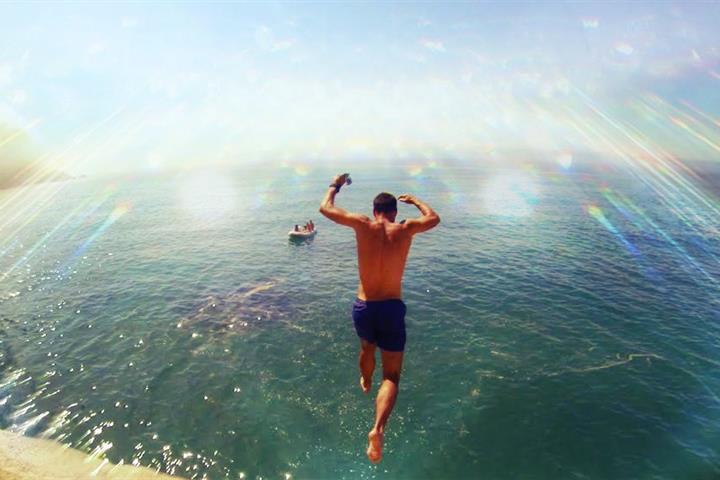
De beste stedene å bo på Costa del SolCosta del Sol har noe for alle. Vår guide viser deg de beste stedene for storby-, familie-, strand-, luksusferie uansett størrelse på feriebudsjettet. |
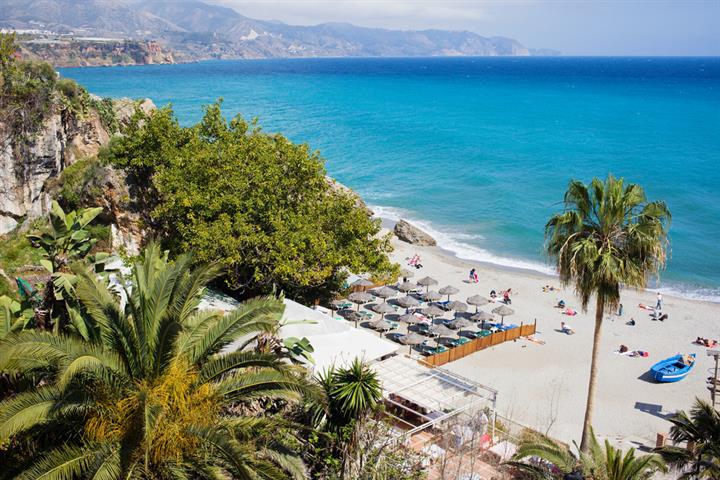
Den store strandguiden for Costa del SolMed mer enn 325 solskinsdager i året fortjener Costa del Sol navnet. Her får du den store strandguiden for Solkysten. |
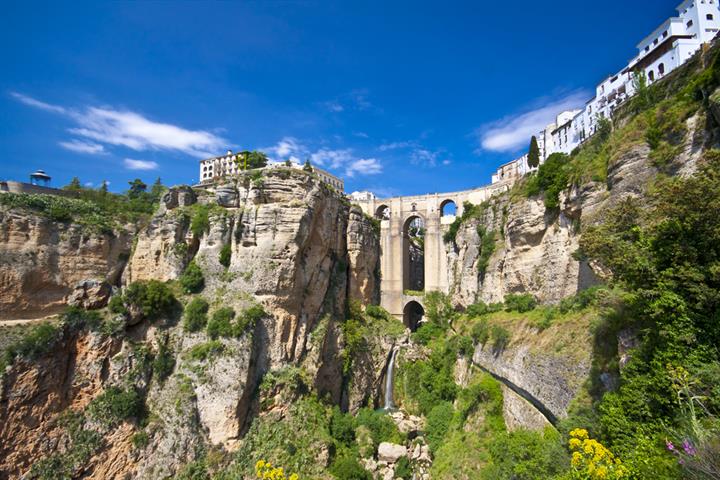
Ikke bare strender: 12 uforglemmelige dagsturer på Costa del SolSkal du til Costa del Sol i år? Det finnes nemlig så mye å finne på i denne delen av Spania i tillegg til strendene og nattelivet. Sjekk ut selv! |
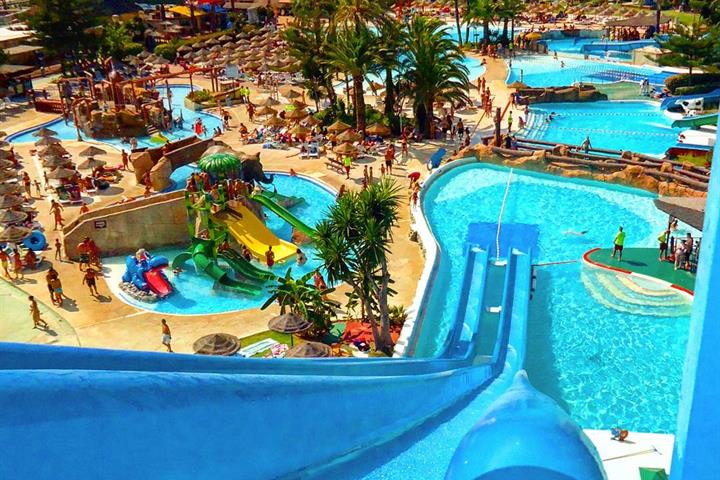
26 topp aktiviteter for barn på Costa del SolPå vei til Solkysten denne sommeren? Få mest mulig ut av ferien din med kystens 26 topp aktiviteter for barn på Costa del Sol. |
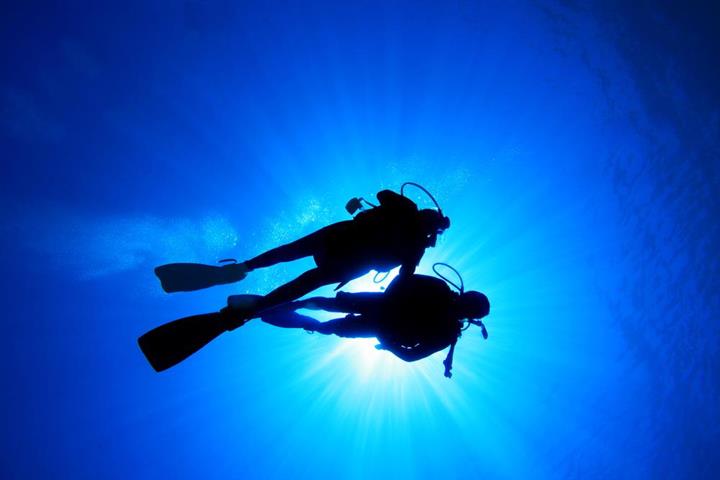
Vannsport på Costa del SolEn tur til Costa del Sol er ikke komplett før du prøver litt vannsport på det varme Middelhavet. Her er en veiledning til å planlegge ditt eventyr. |
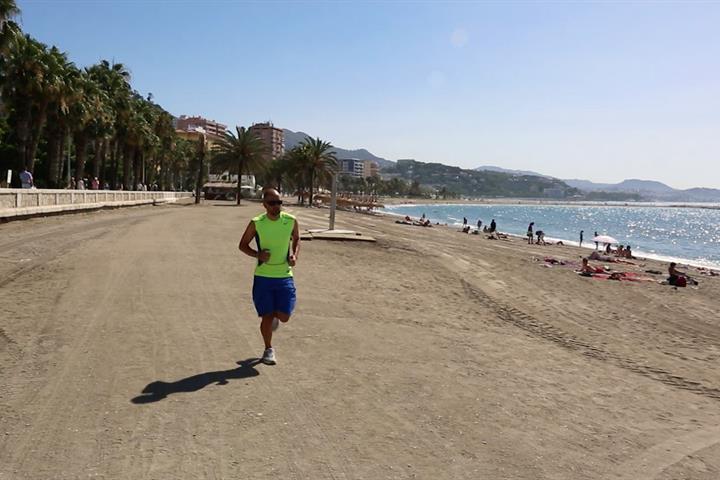
5 naturskjønne løperuter på Costa del SolFå fem forslag til naturskjønne løperuter på Costa del Sol - både til mosjonisten og den mer erfarne løper. Og opplev en løpetur i Malaga på HD-video! |
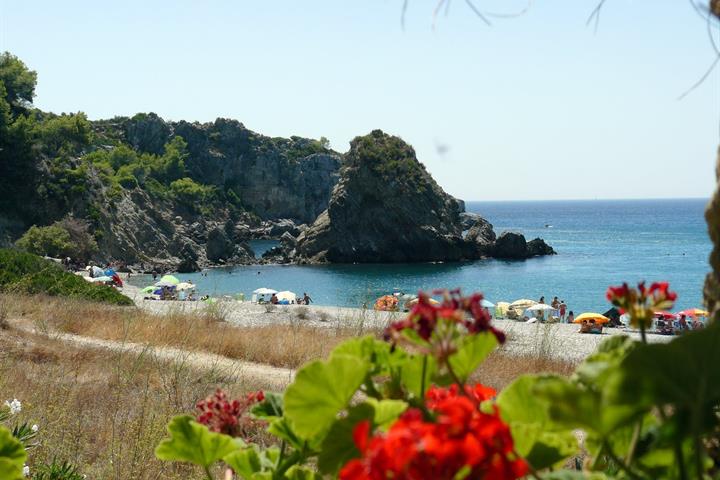
Costa del Sol's beste strender – Playa El CañueloPlaya El Cañuelo i Nerja er en av den slags strender som fortjener å bli omtalt som Paradis på Jord. Man skal se den, før man tror det! |
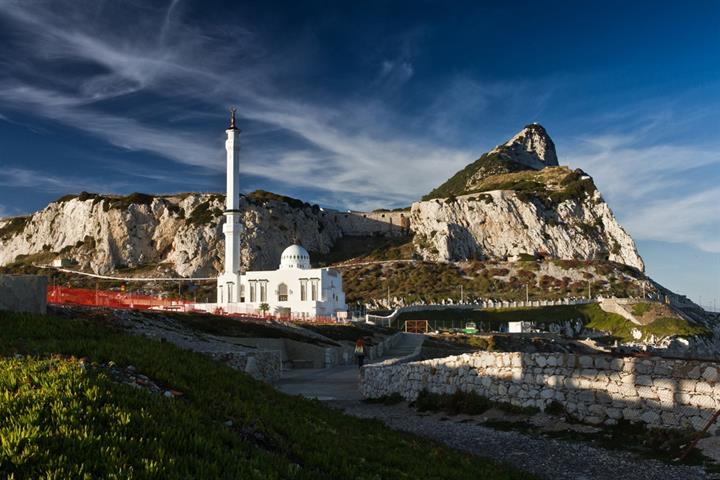
Fem forskjellige ting du kan se og gjøre på en dagstur til GibraltarTeknisk sett ligger ikke Gibraltar i Spania, men likevel er klippen et selvskrevet reisemål for alle som befinner i en av de nærliggende byene. |

De beste stedene å bo på Costa del SolCosta del Sol har noe for alle. Vår guide viser deg de beste stedene for storby-, familie-, strand-, luksusferie uansett størrelse på feriebudsjettet. |

Den store strandguiden for Costa del SolMed mer enn 325 solskinsdager i året fortjener Costa del Sol navnet. Her får du den store strandguiden for Solkysten. |

Ikke bare strender: 12 uforglemmelige dagsturer på Costa del SolSkal du til Costa del Sol i år? Det finnes nemlig så mye å finne på i denne delen av Spania i tillegg til strendene og nattelivet. Sjekk ut selv! |

26 topp aktiviteter for barn på Costa del SolPå vei til Solkysten denne sommeren? Få mest mulig ut av ferien din med kystens 26 topp aktiviteter for barn på Costa del Sol. |

Vannsport på Costa del SolEn tur til Costa del Sol er ikke komplett før du prøver litt vannsport på det varme Middelhavet. Her er en veiledning til å planlegge ditt eventyr. |

5 naturskjønne løperuter på Costa del SolFå fem forslag til naturskjønne løperuter på Costa del Sol - både til mosjonisten og den mer erfarne løper. Og opplev en løpetur i Malaga på HD-video! |

Costa del Sol's beste strender – Playa El CañueloPlaya El Cañuelo i Nerja er en av den slags strender som fortjener å bli omtalt som Paradis på Jord. Man skal se den, før man tror det! |

Fem forskjellige ting du kan se og gjøre på en dagstur til GibraltarTeknisk sett ligger ikke Gibraltar i Spania, men likevel er klippen et selvskrevet reisemål for alle som befinner i en av de nærliggende byene. |

De beste stedene å bo på Costa del SolCosta del Sol har noe for alle. Vår guide viser deg de beste stedene for storby-, familie-, strand-, luksusferie uansett størrelse på feriebudsjettet. |

Den store strandguiden for Costa del SolMed mer enn 325 solskinsdager i året fortjener Costa del Sol navnet. Her får du den store strandguiden for Solkysten. |

Ikke bare strender: 12 uforglemmelige dagsturer på Costa del SolSkal du til Costa del Sol i år? Det finnes nemlig så mye å finne på i denne delen av Spania i tillegg til strendene og nattelivet. Sjekk ut selv! |

26 topp aktiviteter for barn på Costa del SolPå vei til Solkysten denne sommeren? Få mest mulig ut av ferien din med kystens 26 topp aktiviteter for barn på Costa del Sol. |

Vannsport på Costa del SolEn tur til Costa del Sol er ikke komplett før du prøver litt vannsport på det varme Middelhavet. Her er en veiledning til å planlegge ditt eventyr. |

5 naturskjønne løperuter på Costa del SolFå fem forslag til naturskjønne løperuter på Costa del Sol - både til mosjonisten og den mer erfarne løper. Og opplev en løpetur i Malaga på HD-video! |

Costa del Sol's beste strender – Playa El CañueloPlaya El Cañuelo i Nerja er en av den slags strender som fortjener å bli omtalt som Paradis på Jord. Man skal se den, før man tror det! |

Fem forskjellige ting du kan se og gjøre på en dagstur til GibraltarTeknisk sett ligger ikke Gibraltar i Spania, men likevel er klippen et selvskrevet reisemål for alle som befinner i en av de nærliggende byene. |
Vurderinger for Monda
Gjennomsnittlig vurdering - Basert på 2 vurderinger.
By
Kyst
| By: | |
| Kyst: |
Sendt inn av: Hanan
08.08.2021
Denne anmeldelsen er på Engelsk
Denne anmeldelsen er på Engelsk
Monda anmeldelser
Costa del Sol anmeldelser
Rapporter misbruk
Du fant dette fornærmende
| By: | |
| Kyst: |
Sendt inn av: Gitte Jensen
28.09.2012
Denne anmeldelsen er på Dansk
Denne anmeldelsen er på Dansk
Monda anmeldelser
Hyggelig by med gode indkøbsmuligheder.
Ideel til den afslappede ferie.
Costa del Sol anmeldelser
Ingen
Rapporter misbruk
Du fant dette fornærmende